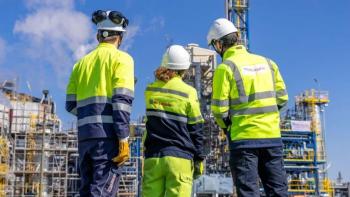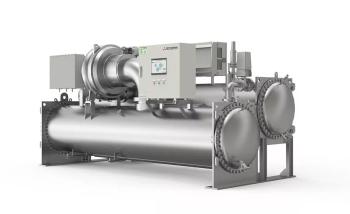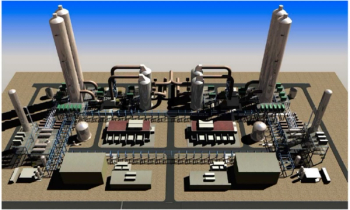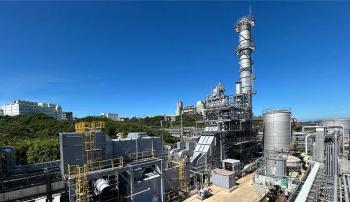
Simple-cycle rotating technology in North America
There has been renewed interest in simple-cycle rotating equipment technology in North America, particularly in the mid-size range of 20–150 MW output per unit. I believe this heightened customer interest highlights the need for the superior capabilities of modern and efficient gas turbine power generation system in supporting the continued adoption of renewable energy.
A recent GE white paper on gas turbine flexibility (
To justify the high up-front cost of installing renewable generation, as well as to take advantage of the low operating costs, the balance of the power system must be designed to accommodate the variability of renewable energy sources, as well as the impact of renewables upon grid integrity. The goal is to maximize the use of wind and solar energy while burning the minimum of fossil fuels, including natural gas. Ideally, the steep load ramps that non-wind and solar sources are required to respond to would be fully satisfied by
(1) demand management,
(2) energy storage, and
(3) the most efficient and cost effective fossil fuel power generation technology.
One of the attractive natural gas-fired options available today is the latest generation of simple cycle turbines (high pressure ratio intercooled units). Over the past few years, we have learned that simple cycle rotating equipment needs to be even more flexible than previously thought. This technology should be capable of achieving zero to full power in less than 10 minutes, and preferably 5 minutes in the future, changing output over a wide power range rapidly, achieving efficiencies of 45% or higher and adhering to the most stringent levels in emissions compliance.
Nowhere is this better illustrated than in California, a state with a renewable energy target of 33% by 2020, and 50% by 2030. In this state, more than two dozen high-efficiency simple cycle gas turbine generators have been installed over a four year period, an additional five units are currently under construction and more sites are in the planning phase.
The LMS100 is a great example that has enabled California to meet its ambitious renewable energy goals. OEMs should take note of this trend and engineer the best rotating equipment to complement renewables growth, particularly for simple cycle applications.
To learn more about this technology, I once again encourage Turbomachinery Blog’s readers to download the latest white paper and review the supporting data. I would also like to read your thoughts on this topic in the comments section.
Newsletter
Power your knowledge with the latest in turbine technology, engineering advances, and energy solutions—subscribe to Turbomachinery International today.





